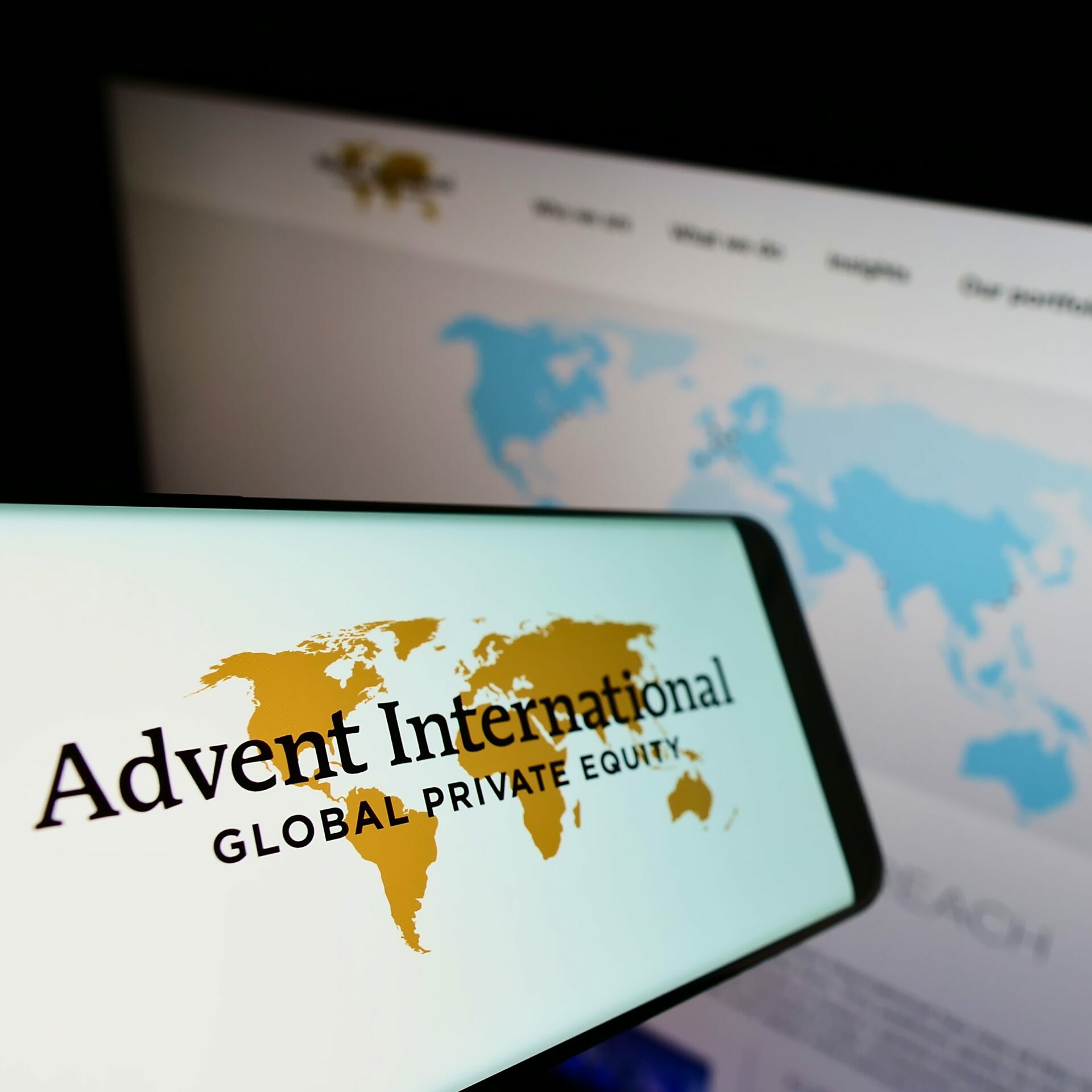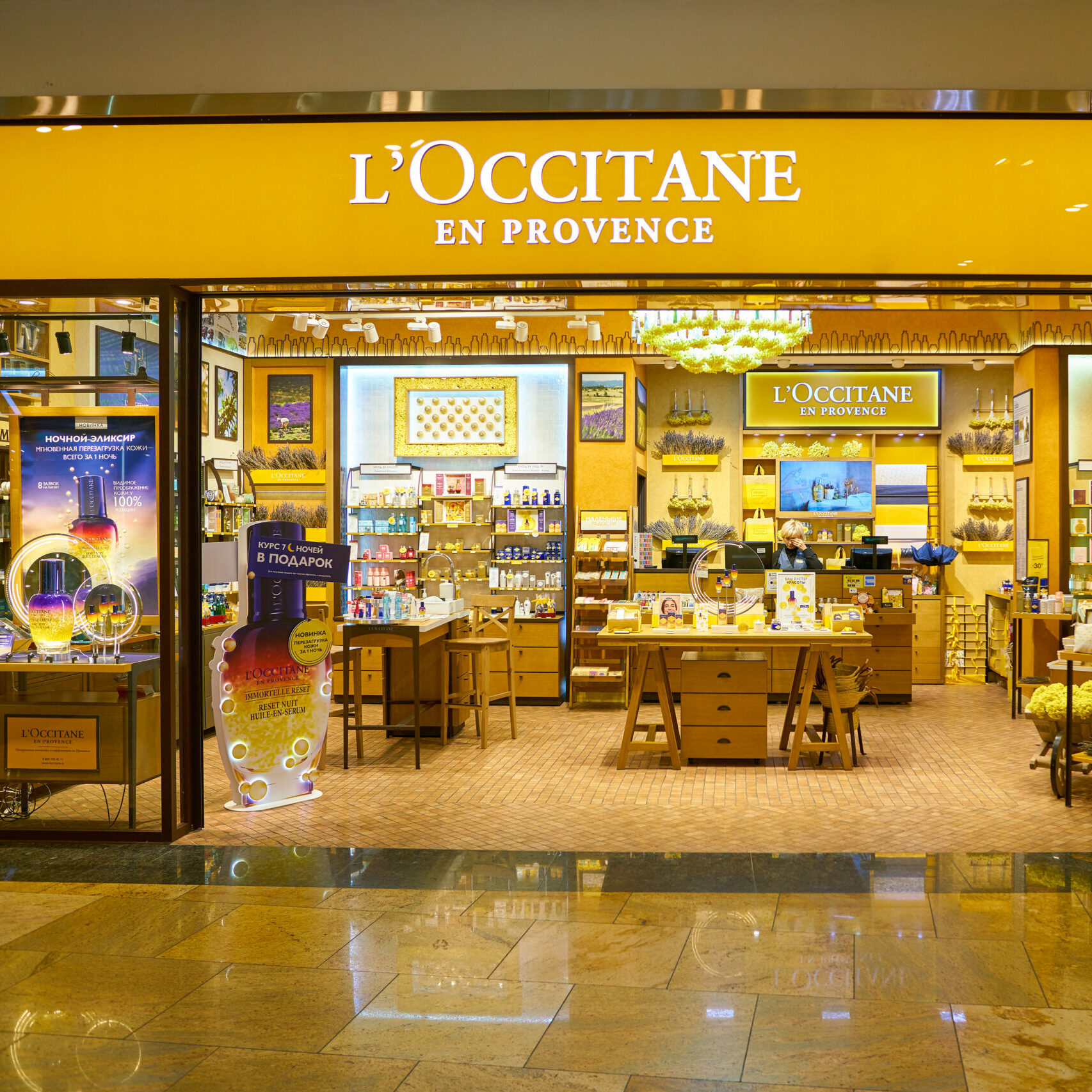The Institutional Limited Partners Association (ILPA) is looking to assuage LP frustrations through a guidance report, with proposed SEC regulations in the background, as the relationship between some GPs and their LPs grows increasingly strained…
The Institutional Limited Partners Association (ILPA) is looking to assuage LP frustrations through a guidance report, with proposed SEC regulations in the background, as the relationship between some GPs and their LPs grows increasingly strained…
Among a proportion of LPs, frustration has been building alongside the rapid growth of GP-led secondaries over the past few years.
“Certain LPs have small teams who aren’t necessarily experts in GP-led secondaries and who are currently under a lot of pressure with primary fundraising. They’re sometimes finding themselves almost ambushed by these transactions which may come with little warning or time for decision-making,” says Macfarlanes partner Alex Green.
These LPs can include smaller family offices, high-net-worth funds, fund-of-funds, corporate pension plans, as well as sprawling US state pension plans which manage significant amounts of capital but have small teams.
Regulation bodies, including the US-based Institutional Limited Partners Association (ILPA), which serves over 450 member institutions representing over USD2 trillion in private equity AuM, and US market regulator the SEC, are now looking to push for clearer guidance to keep LPs’ alignment of interest with GPs, and are drafting rules which should be finalised within the year.
The SEC’s proposed regulation is currently undergoing a 60-day period of public comment which started in early February.
During second half of 2022, ILPA guidance will map out what an ideal secondary transaction process between an LP and GP should look like, with the aim of protecting LPs from potentially unfair terms, time pressures and excessive fees.
Time pressure
As the secondaries market transitions from a liquidity and exit solution to a continually growing market, LPs are requesting that guardrails be put in place to ensure their protection in these transactions, according to ILPA standards and best practice director, Neal Prunier.
“The frustrations are multiple, the main ones being timing issues, with certain LPs being given as few as ten business days to carry out the underwriting process, and the terms/ fees to participate in the continuation fund are unattractive. At a macro level, some GPs are also doing this without having written it into LPAs (Limited Partnership Agreement); they don’t have explicit permission to do it. Finally, transparency and having access to the necessary information are also current big concerns,” says Prunier.
Certain GPs have even gone as far as to complicate the language in the LPAs so that they have the right to do continuation funds without approval from the LPAC (Limited Partner Advisory Committees), adds Prunier.
“We have evidence of assets being included [in a GP-led transaction] where that particular portfolio company is in pre-IPO discussions and it hasn’t been openly disclosed to the investor. We’re also seeing incidences where assets are being carved out and placed into continuation funds prior to year four of the fund, rather than year eight or nine; some GPs are looking to get additional carry and higher fees at the expense of LPs,” he adds.
ILPA is proposing several solutions, including extending the timeframe for the LPAC and for LPs to decide on whether to roll or exit. The association doesn’t have a definite number of days as of yet, but they’re looking for it to be greater than the ten business days some LPs have experienced. They are also requesting more transparent and specific information to assist LPs in their decision-making.
There will also be encouragement of a ‘status quo option’, but if this option is not provided, it will need to be explicitly disclosed to the LP with a rationale as to why.
The association plans to solicit GP, legal, secondary advisors’ and valuation firms’ feedback on this guidance before publishing later this year, in order to increase the chances of the advice being well-received and adopted by the industry.
Transparency
In addition to these reasons “there are several LPs that, by default, are not able to participate at all. If their board meets every month and the request comes to them with only ten days to complete it, they can’t participate,” says Prunier.
He adds that there isn’t always transparency and that certain LPs are not willing to enter a process because of fees and expenses being higher than they were originally paying, or the fact that they’re not able to increase their investment.
Those LPs who are willing and comfortable carrying out the due diligence can often run into challenges since carrying out due diligence on a particular asset is a different skill set to running due diligence on a fund.
The reasons above have, at times, contributed to as many as 80 per cent of LPs not rolling, according to Prunier.
The SEC is also proposing new terms, on valuations rather than timing, where “fairness opinion” will be required to ensure valuation arrangements are reasonable and fair on LPs.
It has been reported that this requirement is already being challenged by some GPs, with the argument that certain arrangements may not require this clause.
But according to advisers and investors, the timing on GP-led secondaries is the real concern for LPs so the SEC rules may have little impact on current frustrations.
As with ILPA, the SEC rules are still being approved, but it’s currently thought that they will “create a little more friction, a little more cost, and a little more timeframe [for GPs],” says one adviser.
They may still force GPs to involve more third parties in their secondary transactions, to interrogate the GP process and thus put pressure on GPs to provide fair terms. So, what will the future look like for LPs in a growing secondary market?
Although not commonplace in all secondary transactions, Prunier says some of the abovementioned concerns are leading to a relationship strain between certain LPs and their GPs, which could have a knock-on effect on the industry. In the past two years, LPs have increasingly experienced fundraising and capital commitments at an unprecedented rate, leading to a “frenzied fundraising pace” and GP-led secondaries only exacerbating the existing frustrations and challenges. For private wealth investors using feeder funds, the GP-led secondary market is also opening up. “It is a more recent consideration for smaller investors,” says Alex Bozoglou at TitanBay, “so the onus is on companies like us and the sponsor community to help with education around the risks and opportunities available in this market”. His colleague and TitanBay’s chief commercial officer Adam Harrison adds: “It’s absolutely important that the industry takes stewardship of these issues and enforces some policies and procedures. I think the regulator is stepping up to that. The number of complaints that have come from LPs has shone a light on it, and that now needs to be resolved, and I’ve got faith that it will be. Ultimately, the GPs have to be aligned with the LPs.”
Forego liquidity
“We don’t think these transactions are going to stop; we don’t even think that they’re going to slow down. We’re trying to provide guidance to avoid problematic incidences which LPs have experienced in the past,” says Prunier.
It is true that many LPs will continue to seek liquidity instead of rolling into a GP-led secondary process, but increasingly “LPs will forego liquidity if there’s a chance for higher performance and better returns in the future,” according to Prunier.
If an LP’s priorities and position in a continuation vehicle transaction, and indeed a growing GP-led secondary market, can be better safeguarded, this choice will become a more important consideration.
Coller Capital’s latest Global Private Equity Barometer reports that 56 per cent of LPs are looking to change their business practices and improve their decision-making and expertise to make themselves more attractive to GPs for co-investments.
One solution lies in more guidance for GPs, and for LPs to also adjust their expectations.
“We need GPs to significantly increase rationale and transparency, so we’re specifying preferred behaviour and interaction in support of this strong alignment of interest between LPs and GPs, which seeks to prevent some of the worst GP behaviour in GP-led secondaries,” says Prunier.
Read the rest of the Private Equity Wire Insight Report: Holding On: How volatility will drive GP-led secondaries in 2022






